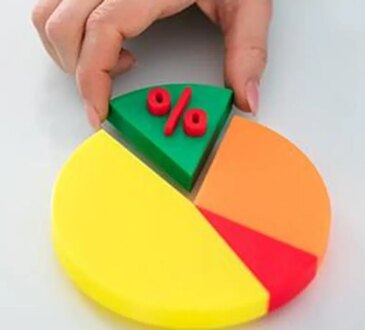“Inflation is a low drip, like boiling a frog: The impact kind of creeps up on you, but when it hits, it doesn’t feel good,” Mr. Haynes said.
Don’t fool yourself into thinking you can bail out of stocks now, then jump back in when the market stabilizes. Gains historically have come in unpredictable spurts, and the biggest advances often come within days of the worst declines. If you missed the 10 best days over the 20 years from 2005 to 2024, you would have reduced your returns by more than 40 percent, according to J.P. Morgan; if you missed 30 of the best days out of the roughly 5,000 trading days during that period, you’d have lost money, after inflation.
Adjust Your Spending
Reducing your spending, even temporarily, will also help your money last.
If you’re still working, every dollar you don’t spend is one you can direct toward saving, to be better prepared if a recession or bear market hits. And if you’re already retired, every dollar you don’t spend is one dollar fewer you need to pull from savings when stock prices may be down.
Look at your discretionary spending and see where you can make a few strategic cuts. “If you budgeted $5,000 or $10,000 for travel, maybe this isn’t the time for a big trip, or if you’re gifting to the kids or grandchildren, pull back a bit,” said Lazetta Rainey Braxton, a financial planner and founder of the Real Wealth Coterie in New Haven, Conn.
Or take a more systematic approach. Instead of following the standard guidance to keep withdrawals to 4 percent of the balance in your retirement account, then adjust annually for inflation, you might forgo the inflation raise when stock prices are falling, Dr. Pfau said. Or you can install so-called guardrails, limiting withdrawals to, say, 3 percent in bad years for stocks but taking out, perhaps, 5 percent when the market is surging.




